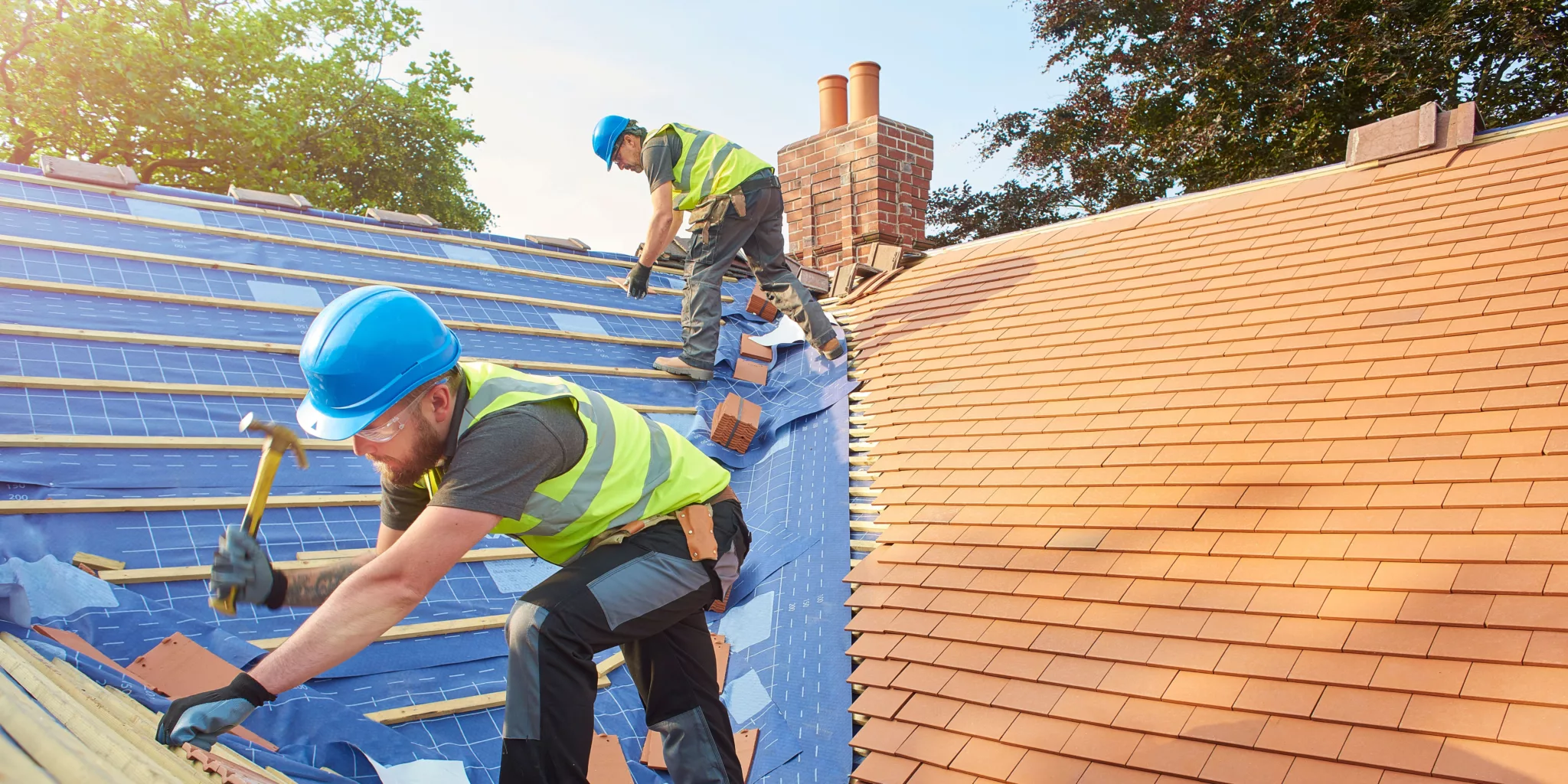The roofing structure is an integral element of your house, providing protection from the elements and contributing to your property's overall value. However, over time, even the most durable roofs can face issues that necessitate prompt attention. From drips and deterioration to storm-related issues, being aware of typical roofing issues is vital for property owners. Fortunately, skilled roofing contractors are on hand to aid in tackling these concerns effectively, promoting the durability of the roofing system.
In this guide, we will discuss typical roofing obstacles, when to consider a roof replacement, and tips for selecting the ideal roofing expert. We will also delve into the significance of regular maintenance and inspections, which can help you save costs in the future. By being proactive about the requirements of your roof, you can ensure your home remains safe, pleasant, and functioning well for many years.
Signs That You Require a New Roofing System
One of the most apparent signs that you may you may need a new roof is the age of your existing roofing system. Most roofs are designed to endure between 20 to 25 years, depending upon the materials utilized. If your roof is approaching or has surpassed this age limit, it may be time to consider a replacement. An old roof is more susceptible to leaks and structural damage, making it essential to assess its condition prior to serious problems arise.
Another significant indicator is the presence of missing or damaged shingles. If you see several shingles curling, buckling, or completely gone, this can compromise your roof's ability to protect your home. Additionally, look for granules in your gutter; a buildup of these granules can indicate that your shingles are deteriorating and no longer providing sufficient coverage. Regularly inspecting your roof can help spot these issues early, saving you from unexpected costs.
Leaks and water stains on your ceiling or walls are also obvious signs that your roof may require to be replaced. If you've experienced multiple leaks or if the same area repeatedly has issues despite repairs, it’s likely that your roof has reached the end of its lifespan. Ignoring these signs can result in more extensive water damage, mold growth, and expensive repairs down the line, making it essential to address these concerns promptly.

Selecting a Roofing Contractor
Selecting the right roofing provider is crucial for ensuring the integrity and longevity of your roof. Start by researching local providers who have strong reputations. Look for businesses with favorable customer reviews and scores on sites like the Better Business Bureau. Referrals from family can also help you locate a reliable provider. Ensure that the contractor is licensed and insured, as this protects you from possible risk in case of accidents during the project.
Once you have a list of providers, reach out for estimates. A reliable contractor should be willing to conduct a comprehensive assessment of your roofing system before providing a comprehensive quote. Evaluate the costs, but also consider the details of what is part of in each bid. Cheaper is not always superior; take into account the contractor’s expertise, the quality of materials they use, and their warranty offerings to make an informed choice.
Finally, communication is key. A good roofing contractor should be attentive, patient, and willing to answer all your inquiries and concerns. Trust your instincts; if you feel uneasy or unsatisfied with their response during the first meetings, it might be best to persist your search. Choosing the right provider can save you hours, money, and stress in the long run.
Roof Maintenance and Inspections
Routine roof maintenance and inspections are essential for maximizing the life of your roof and preventing costly repairs. As time passes, weather conditions, debris, and aging materials can lead to complications such as leaks, damaged shingles, and increased wear. A licensed roof inspection can identify potential problems before they escalate, allowing homeowners to resolve them effectively. By scheduling inspections once every year and after severe weather events, you can make certain that your roof remains in optimal condition.
During a roofing inspection, professionals will check for common issues such as missing or damaged shingles, signs of wear and tear, and proper ventilation. They will also inspect the state of the roof flashing, gutters, and underlayment. https://roofing-dublin.com/ helps determine if repairs are needed or if it's time to consider a replacement. Keeping an eye on these elements can save you money in the long run by avoiding emergency repairs and lengthening the lifespan of your roof.
In addition to inspections, consistent maintenance tasks like clearing debris from the roof and gutters, checking for overhanging tree branches, and verifying proper ventilation are essential. These actions help prevent water damage and mold growth, leading to a safer home environment. By taking a initiating approach to roof maintenance, homeowners can safeguard their investment and ensure their roof remains functional and efficient for many seasons.
